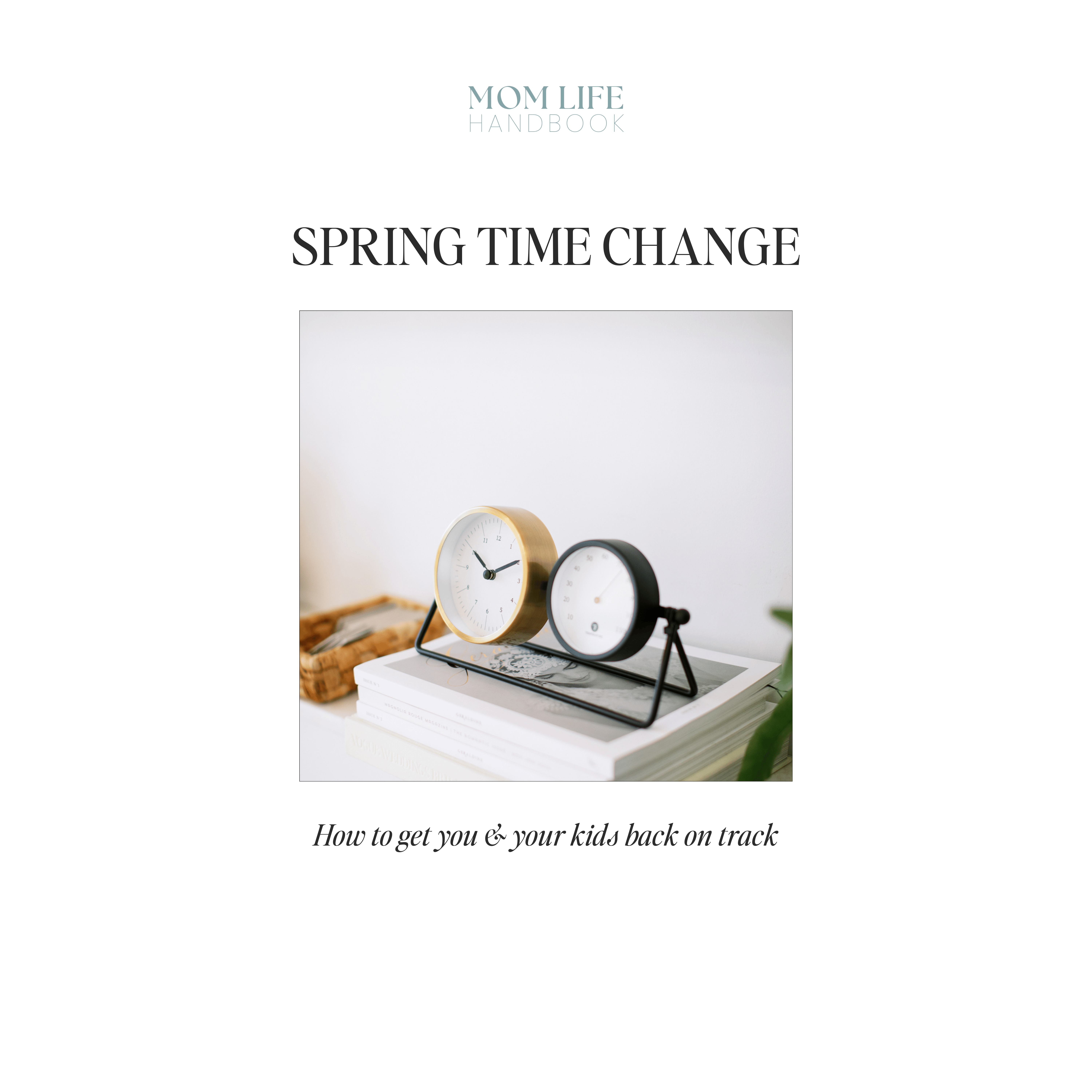5 Tips for Resolving Persistent Problems (+ How I Used Them the Nightly Bedtime Struggle in Our Home)

Is there a part of the day when you can pretty much guarantee one of your kids is going to have a meltdown or a power struggle? Do you feel like you’ve tried everything to just get them to do what you’ve asked them to do day after day?
Our family was having some serious struggles like this with bedtime back in September. After several weeks of frustration, I decided it was time to give our bedtime some structure. I knew the whole family had to be a part of the solution if I so wanted to end the power struggle once + for all. It was so worth it. Taking a little time to build into change that’s transformed our evenings has been so rewarding to all of us. The kids do really well with it + are happy again. Jason + I also have our evenings back with energy left to do whatever we need to do once the kids are sleeping.
The biggest benefit of restructuring the approach, though, has been what we have gained back: peaceful, quality time with one another at the end of every day.
MY 5 TIPS FOR RESOLVING PERSISTENT PROBLEMS
I know our family isn’t the only one with persistent problems like bedtime. Today I’m sharing the top 5 things I keep in mind whenever I’m looking to overcome any persistent problems at home:

ROUTINES + BOUNDARIES
You’ve heard it before, but it’s because it’s true. Kids thrive on routine + knowing where the boundaries stand. These become predictable + expected for our children. Kids don’t have much control in what happens day-to-day, Knowing what they can count on occurring in those 24 hours goes really far in their context. If your child consistently struggles with a certain part of their day, there’s probably a realistic routine you could create to help them navigate that time.
Also think through any non-negotiables ahead of time. Try to keep them to a minimum because then it’s easier to stick to them. Also make sure that they’re purposeful. When the boundaries have a purpose, kids are more likely to respect them (even though they will test them).
Don’t shy away from having open, honest conversations with your kids about your reasons while also validating their disappointment. It can be as simple as, “I know you really want to watch the iPad before bed, but the light from the screen actually makes your brain think it’s daytime. Right now, it’s important that your body understands it is almost time for bed. You need to get lots of good sleep before your soccer game tomorrow.”
Taking this approach makes your kids a part of the conversation + models reasoning about how to make smart decisions. They’ll internalize these models + start to use them for self-management down the road!
KEEP IT AGE-APPROPRIATE
Knowing where your family’s intention in setting boundaries + routines is key to purposeful change. With that in mind, don’t hesitate to back up from that end goal. Realize that your ultimate expectations may not be attainable at this moment based on what’s developmentally appropriate for your child. Work backward to meet your child where they are now, with the intention of continuing to grow them toward the ideal.
You might start with lots of support in the beginning. As they master the expectations, you can gradually + gently fade some of your extra supports to slowly reach your family goals. Tune in to what your child is telling you. Know that it might take time to strike the balance between what is just uncomfortable (but appropriate) + what is frustrating. The key is to make sure the expectation is always attainable with effort (not ease).
VALUE YOUR CHILD’S VOICE
The sure-fire way to get your child to buy into any change is to make them a part of the process. Bring your concerns to their attention. Ask for their thoughts + share yours in a caring way. Include them in your ideas for change + ask them for their help in concrete ways. It’s possible they will have ideas for how to make the plan even better! If you’re making anything to use as a family, make sure they are the ones creating it whenever possible.

PATIENCE
Change takes time. Boundaries get pushed. Remind yourself of these things daily. Your role as the parent is to guide the change, be steady, and stay calm. This can be so, so hard but regulating your own emotions is important in teaching your children how they should react to challenge or frustration. If things aren’t working the first few times, maybe consider what isn’t working + tweak the plan. Don’t abandon the hard work, just continue to respond to what your kids are telling you through their words or behaviors, you’ll eventually strike a nice balance and hit your stride!
POSITIVITY
Through it all, don’t forget to find every opportunity to stay positive about the changes with your children. Insincere praise feels empty to everyone, so make sure you are finding meaningful ways to celebrate your child’s success. Be sure to highlight when they persist, adapt, and overcome. Even when they’re pushing back against change, trying to phrase your redirection in a positive way can be really helpful. Instead of, “Put your shoes on now.” Using a simple ‘First, Then’ approach can positively highlight the reason your child might want to put their shoes on: “First put your shoes on, then we will go to the park.”
PUTTING IT ALL TOGETHER
I understand that these tips might be a bit abstract. If you’re interested in learning how I used these 5 strategies to totally change our approach to bedtime + overcome the nightly struggle, I created a bedtime guide and it’s FREE to Because of Jericho subscribers. It also includes a variety of templates to choose from if you’d like to try this approach without much prep.
More than anything I hope the guide could help you better envision how to use these tips to resolve any persistent problem. After seeing it in action, you’ll walk away with more concrete examples of how this could play out for you as you navigate the struggles that your family hasn’t quite overcome yet.
Your Family, Your Thoughts
What are some of the consistently difficult times on your child’s day? Is there room for a new routine or habit that could help them experience more success? Comment below or DM me on Instagram @BecauseofJericho–I love to hear how I can support you + your family!
BONUS: HERE’S YOUR GUIDE TO A CALMER BEDTIME!
If you’re interested in seeing these tips in action + looking for ways to end any bedtime battles in your own home, definitely download this free guide!

Your access to this super handy guide is one quick signup away! Family guides are exclusive to email subscribers, but accessing these is very easy. Fill out the form below so I can send all future guides straight to your inbox. Then follow the link in the thank you message to download your free guide!
© MOM LIFE HANDBOOK 2025 | Privacy, Terms + Conditions
Design by tonic | Photos by K WEINBERG & E Christopoulos
© MOM LIFE HANDBOOK 2025 | Design by tonic | photos by KRISTIN WEINBERG and Erin Christopoulos | Privacy, Terms + Conditions
Mom life is complex,
But it doesn't have to be complicated.
Get your weekly permission slip.
Join 1,000+ moms getting an honest, weekly guide to doing less (not more).









+ Show / Hide Comments
Share to: